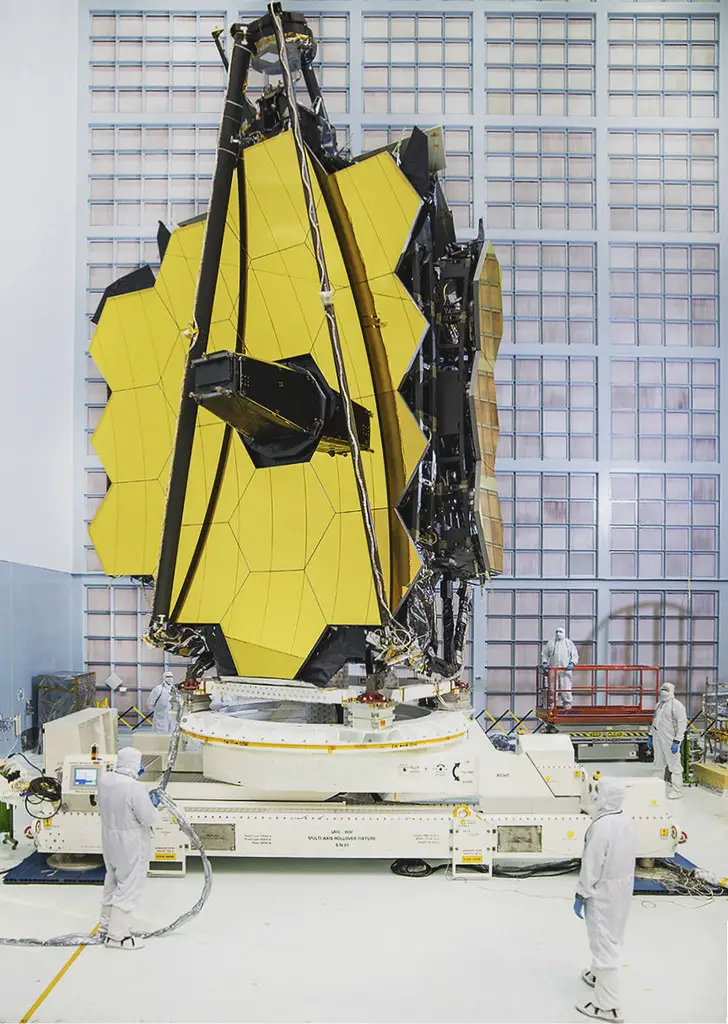The James Webb Space Telescope, also identified as Hubble’s successor, launched this week. Although it was not scheduled to be placed into operation until 2018, the launch was significant for scientists and space enthusiasts alike. The telescope will cost a total of $8.7 billion and expects to last over ten years before it needs maintenance and repairs. It is the first telescope in space to directly image exoplanets, planets outside our solar system.
On October 5, 2018, NASA launched the next-generation space telescope. Space enthusiasts worldwide are eager to see this new telescope in action after a long and careful construction period. The James Webb Telescope is named after pioneering NASA administrator James E. Webb and has been called the most ambitious and complex space observatory ever built.
The ambition of the James Webb Space Telescope
NASA’s James Webb Space Telescope is one of the most ambitious projects in space exploration history. NASA hopes to use the telescope to examine some of the most distant objects in our universe and investigate other celestial bodies like exoplanets, stars and galaxies. The launch date for JWST has faced multiple delays and budget overruns, but now things are finally coming together.
On October 5, 2018, NASA launched the James Webb Space Telescope (JWST), a powerful new observatory that will help us understand the universe and answer fundamental questions about our solar system. Its primary mirror is 21 feet across — seven times larger than the mirror on the Hubble telescope — and the telescope is designed to see deeper into space with much greater clarity.
Function of JWST
The James Webb Space Telescope is a major space telescope. After its conception, it is sent into space on NASA’s most powerful rocket after a long time. It is placed in an orbit around the Sun 1.5 million km from Earth and provides a clearer vision than ever before, with infrared vision that can peer back over 13 billion years to find the first galaxies formed in the early universe. The JWST is a large, infrared-optimized space telescope built to replace the Hubble Space Telescope. It operates at slightly higher temperatures than Hubble.
NASA’s James Webb Space Telescope
(JWST) has been in the works for decades. The telescope, named after a former NASA administrator, functions primarily as an infrared observatory. It also allows us to look back at the early years of our solar system by capturing light emitted from the first stars and galaxies. This information will reveal vital insights into how they formed and evolved. JWST is unique because it is a combined effort between several space agencies.
What’s next for James Webb Space Telescope Launch?
NASA’s James Webb Space Telescope (JWST) is the agency’s next-generation, space-based observatory and successor to the Hubble Space Telescope.
NASA’s Hubble Space Telescope has been a workhorse for astronomers since its launch in 1990. But on April 10, the agency launched its next-generation telescope – the James Webb Space Telescope (JWST). The JWST is one of the most modern and expensive scientific instruments ever built. It will orbit 1 million miles from Earth at the Sun-Earth L2 point. From this vantage point, it will seek out new worlds orbiting other stars and observe hundreds of galaxies in never.
How was it funded?
The JWST is a project of international cooperation between NASA, European Space Agency (ESA), and Canadian Space Agency (CSA). The Hubble space telescope is a flagship project of NASA. In 2004, President Bush directed NASA to work with ESA to develop an observatory with a 1.5-meter diameter primary mirror. This became known as Hubble’s successor. The JWST was formally named in September 2006 after being referred to by its working title, Next Generation Space Telescope (NGST) for some time prior. While still in early development it was sometimes referred to as Super Hubble or Space Hub
